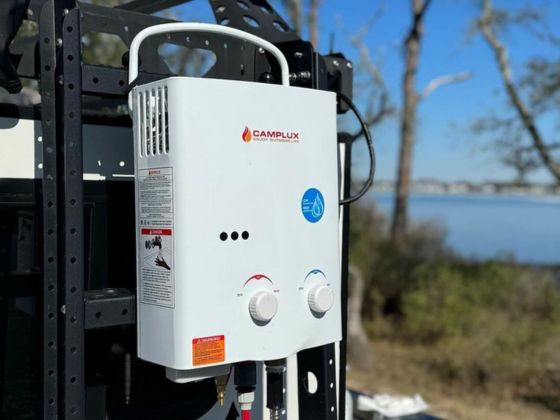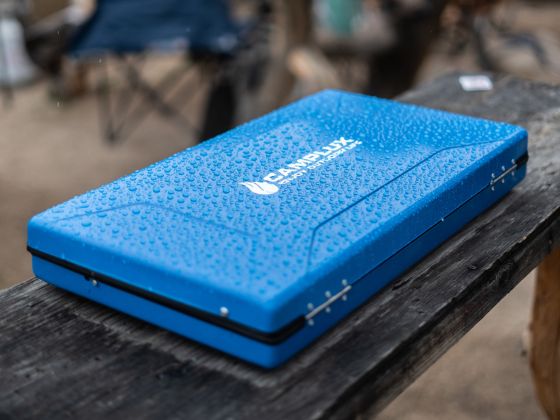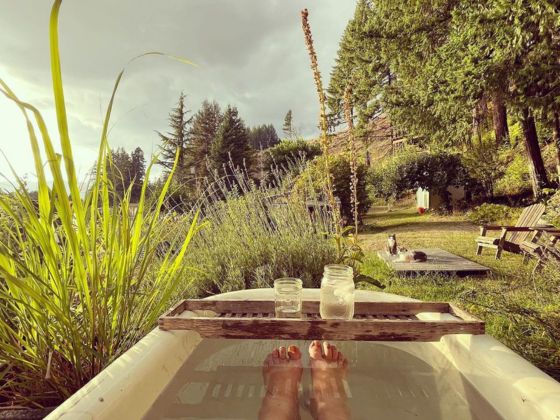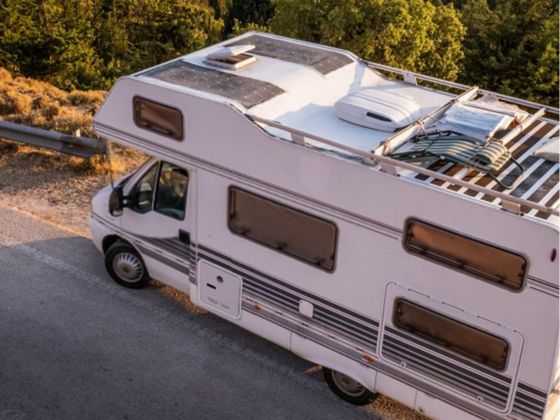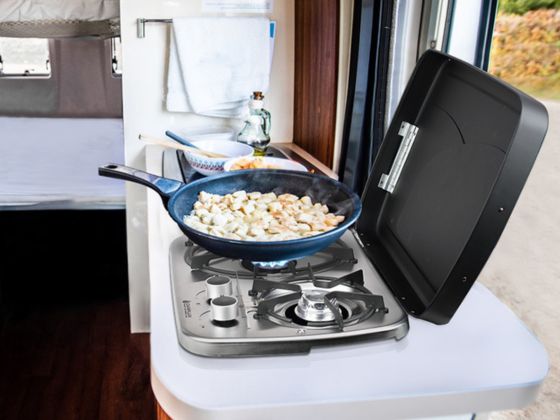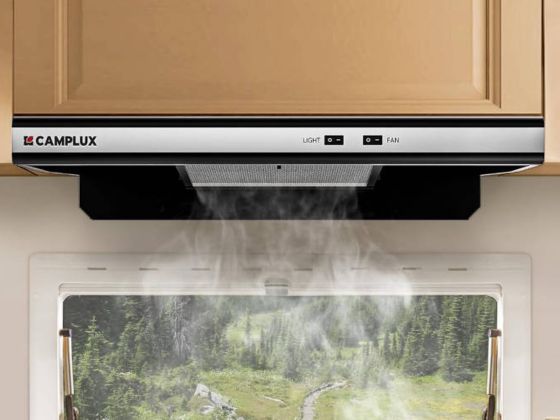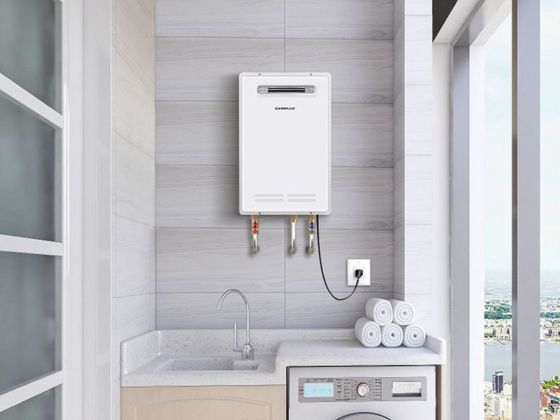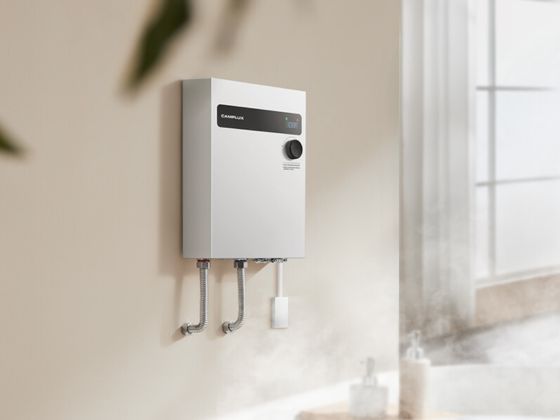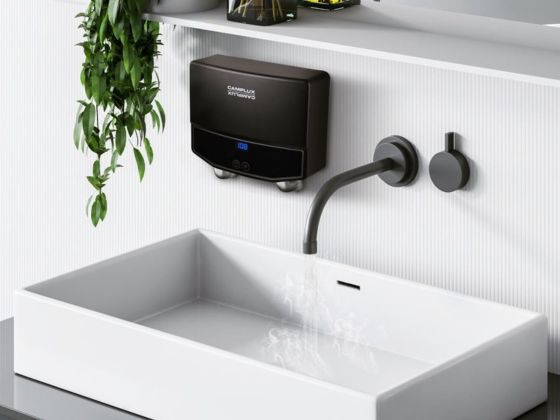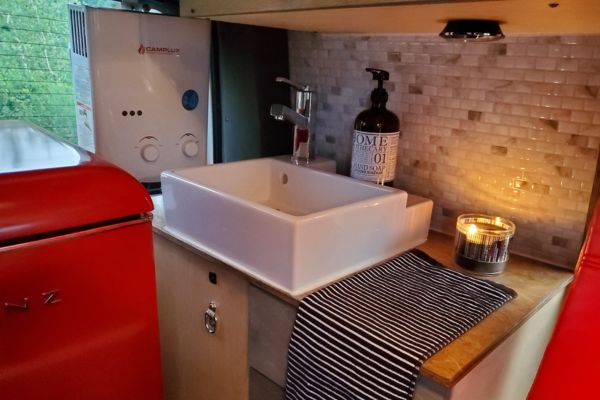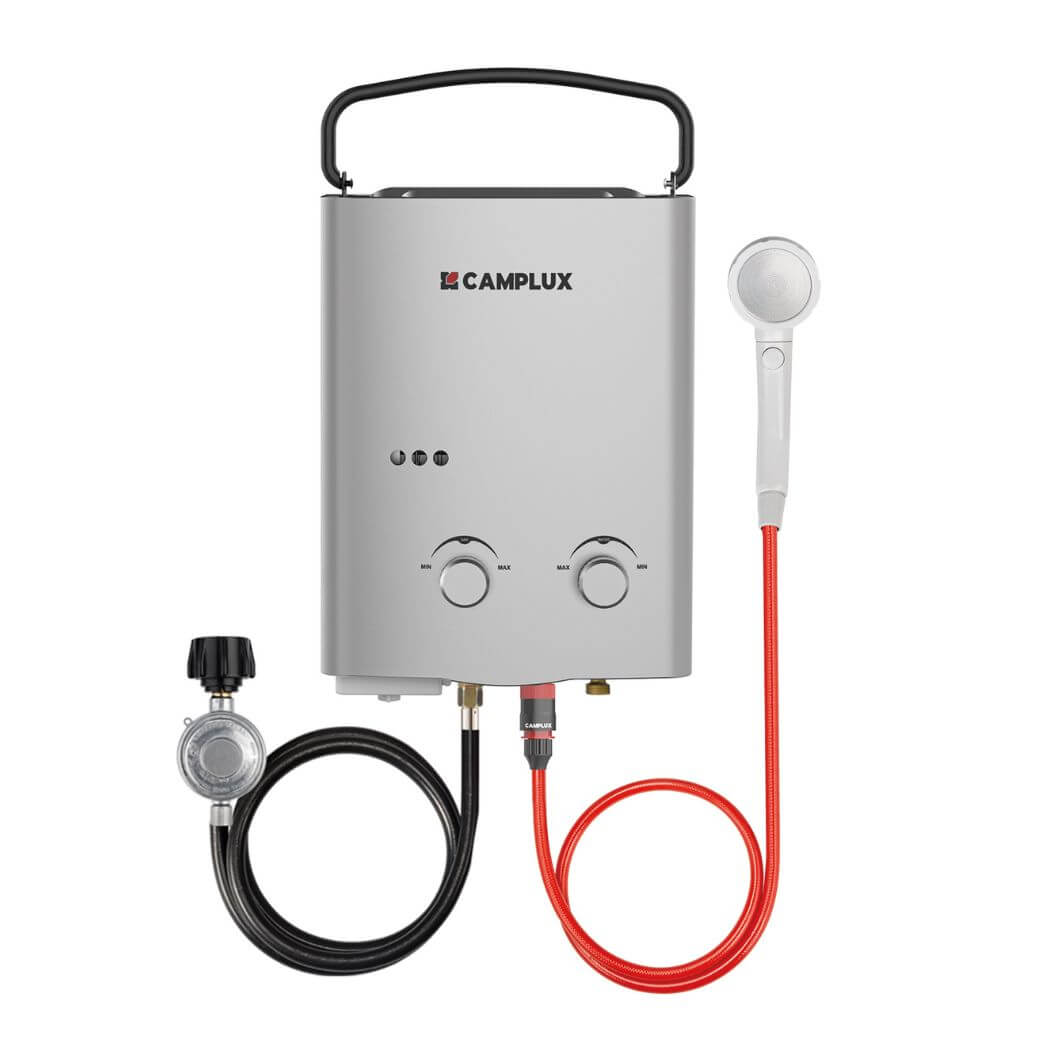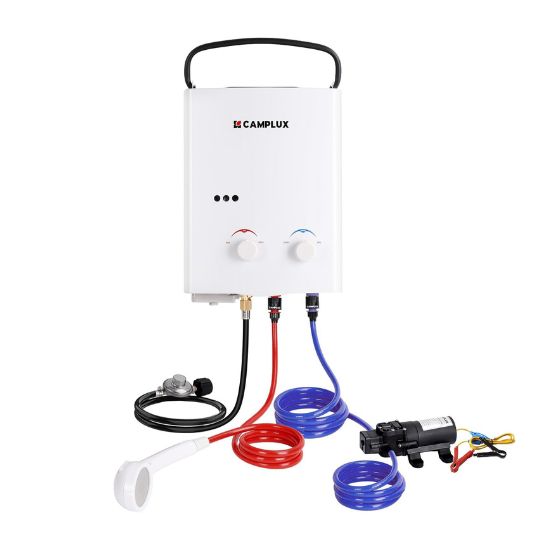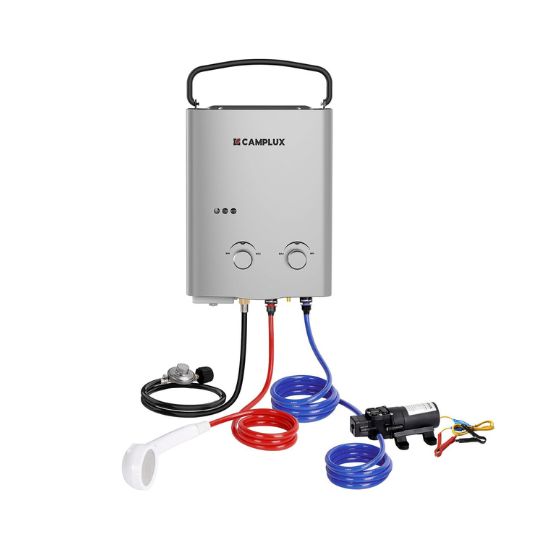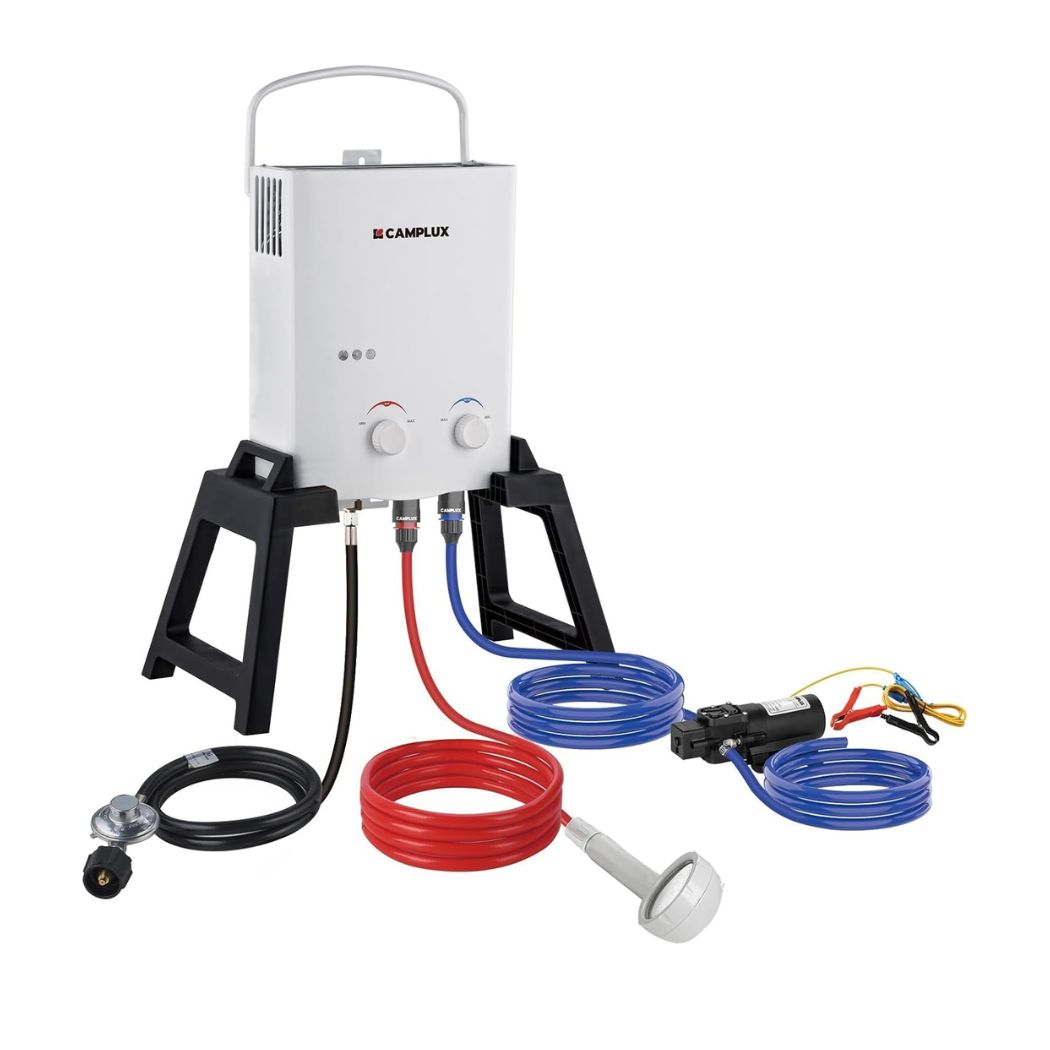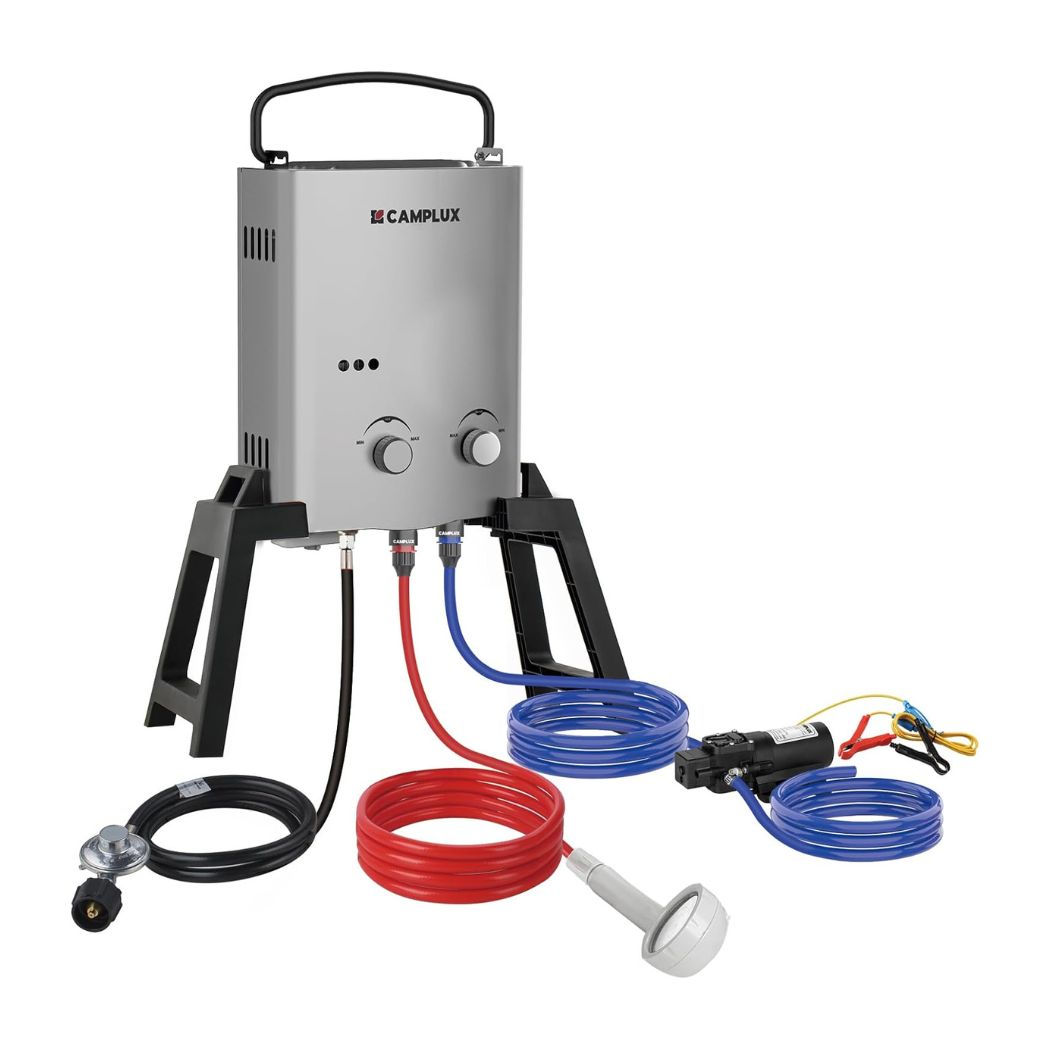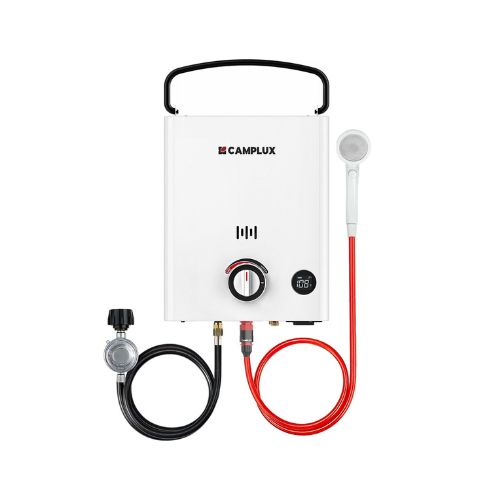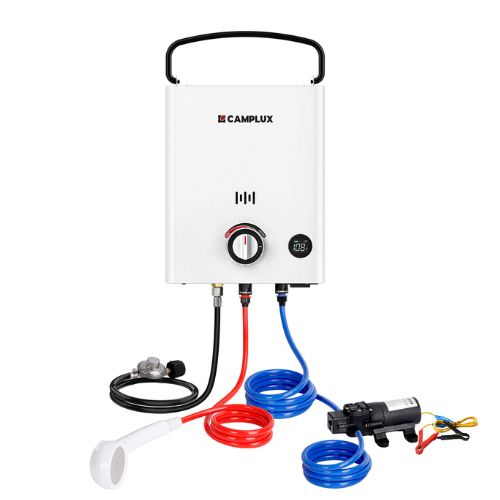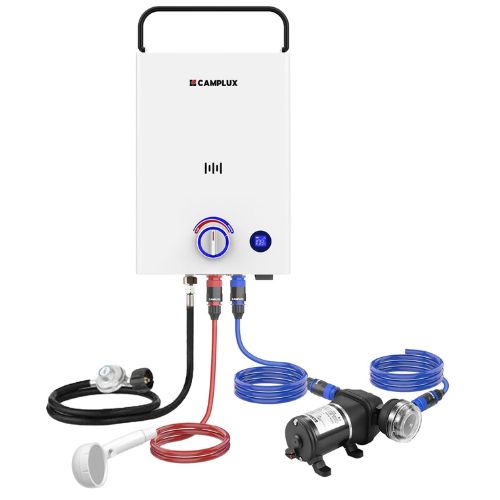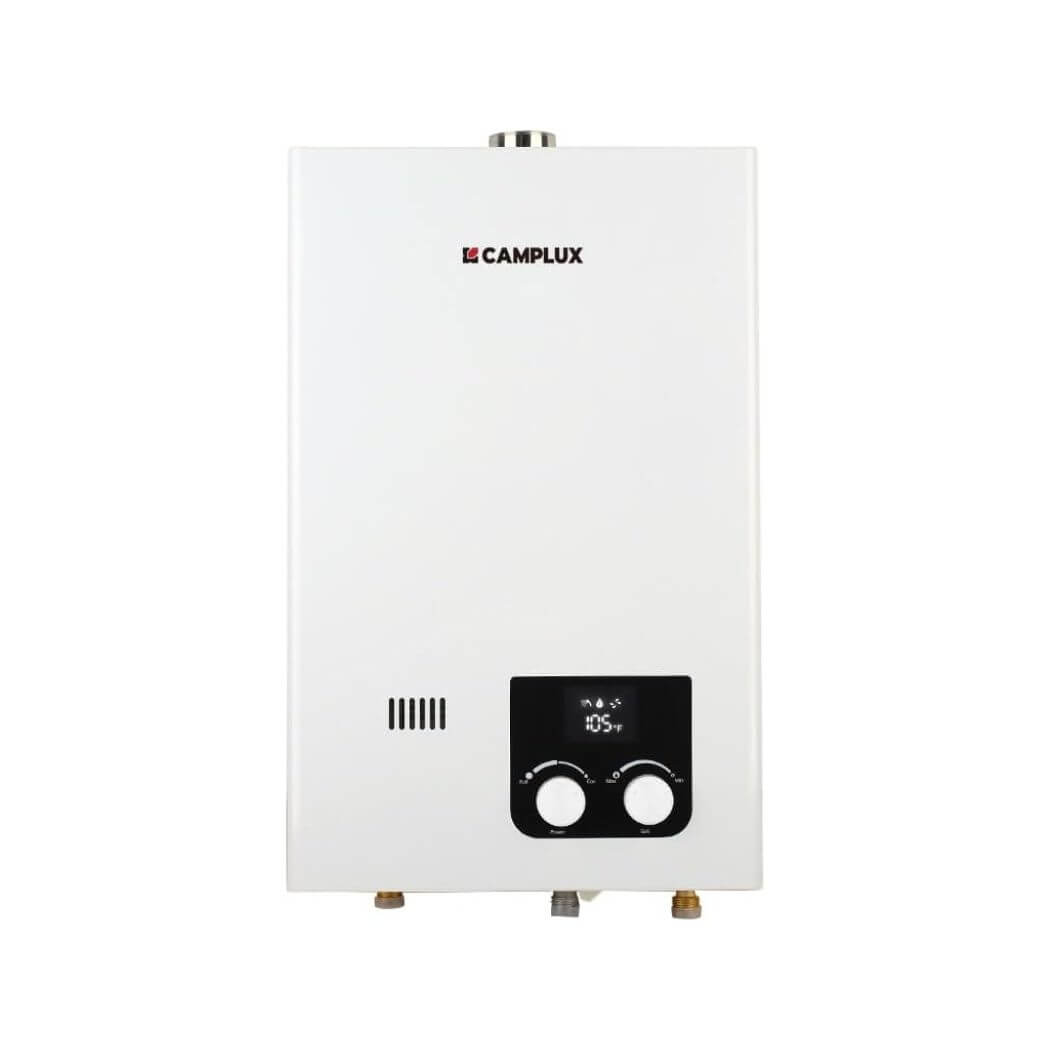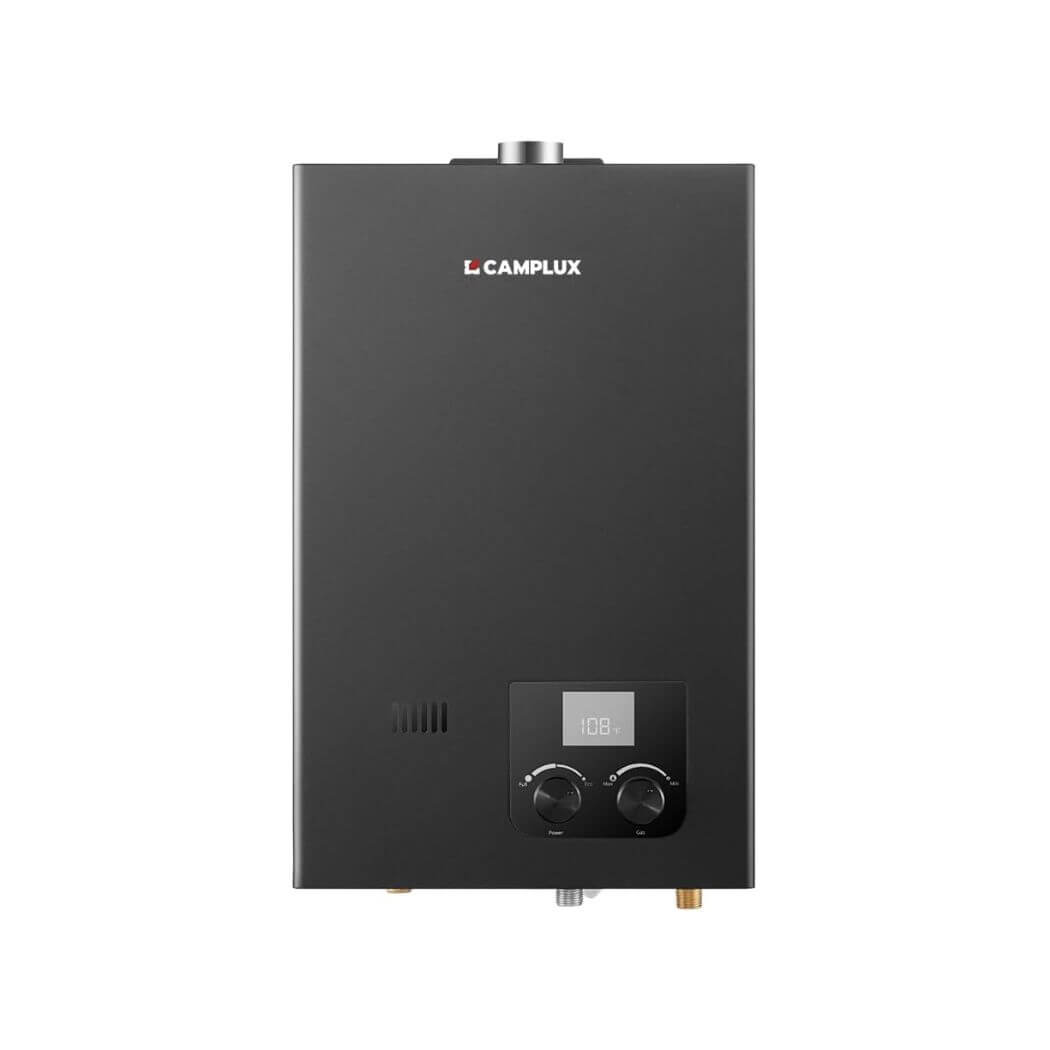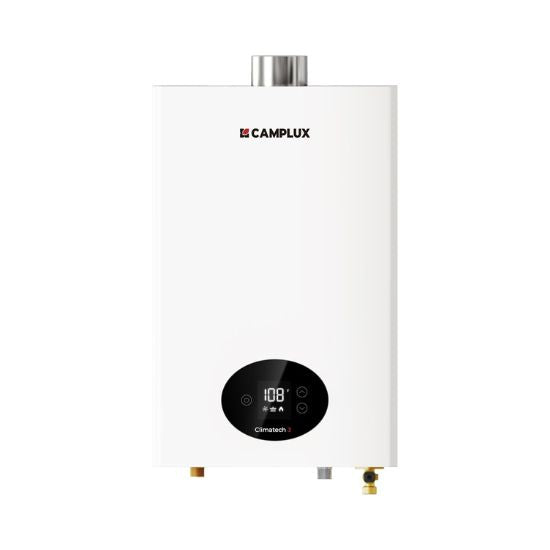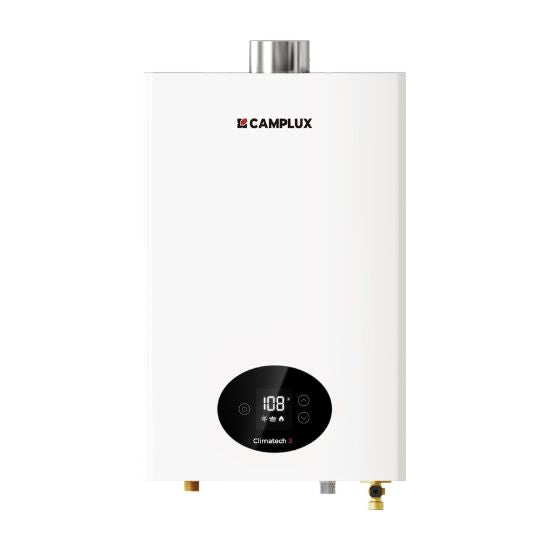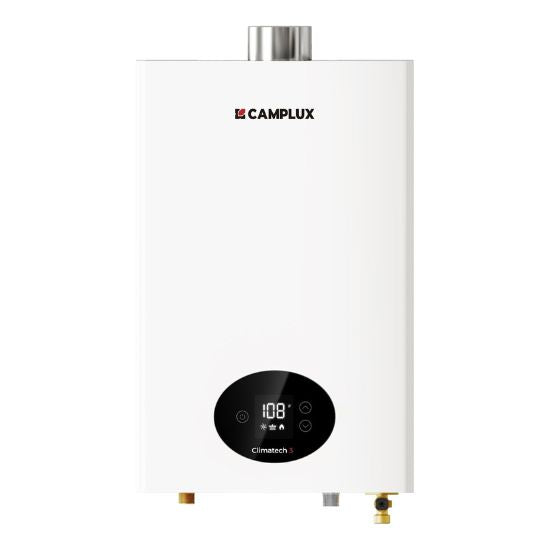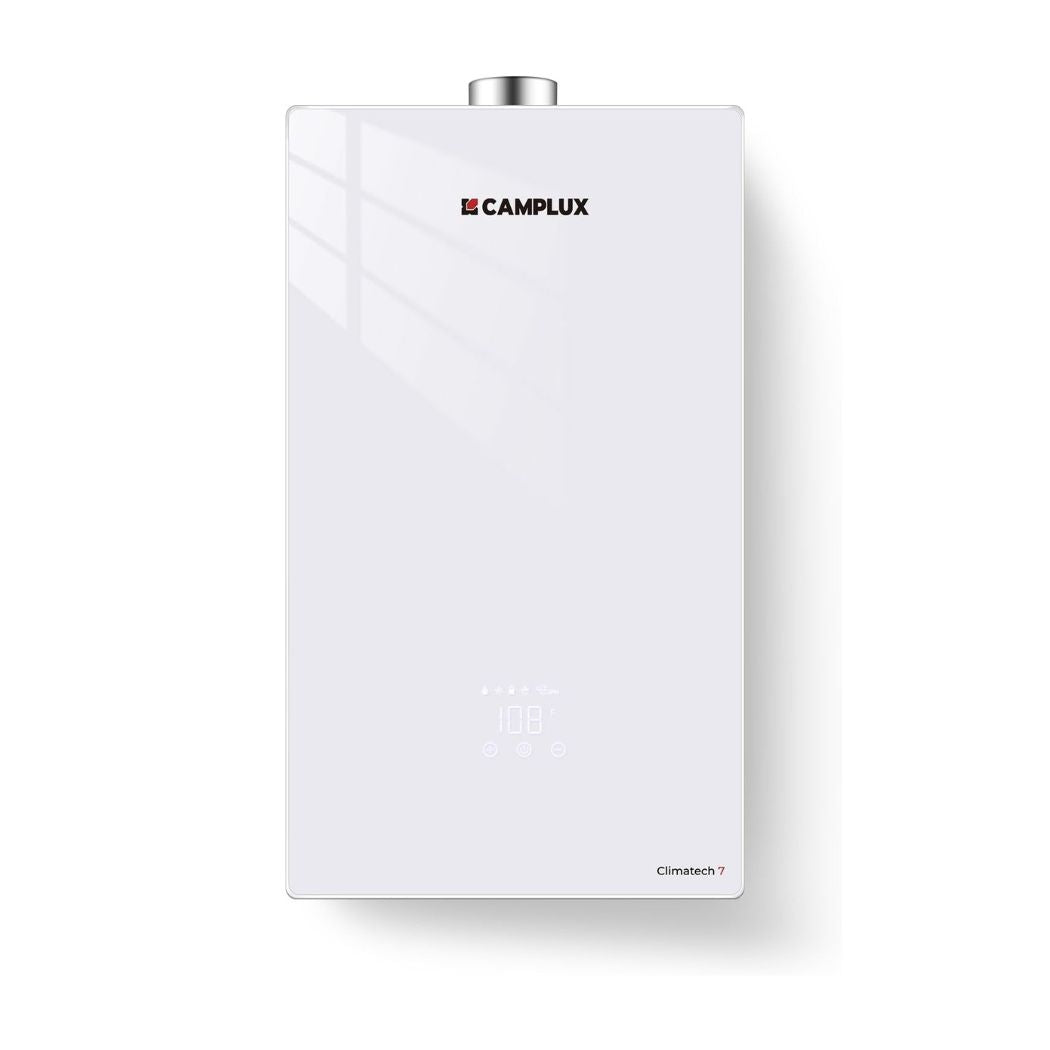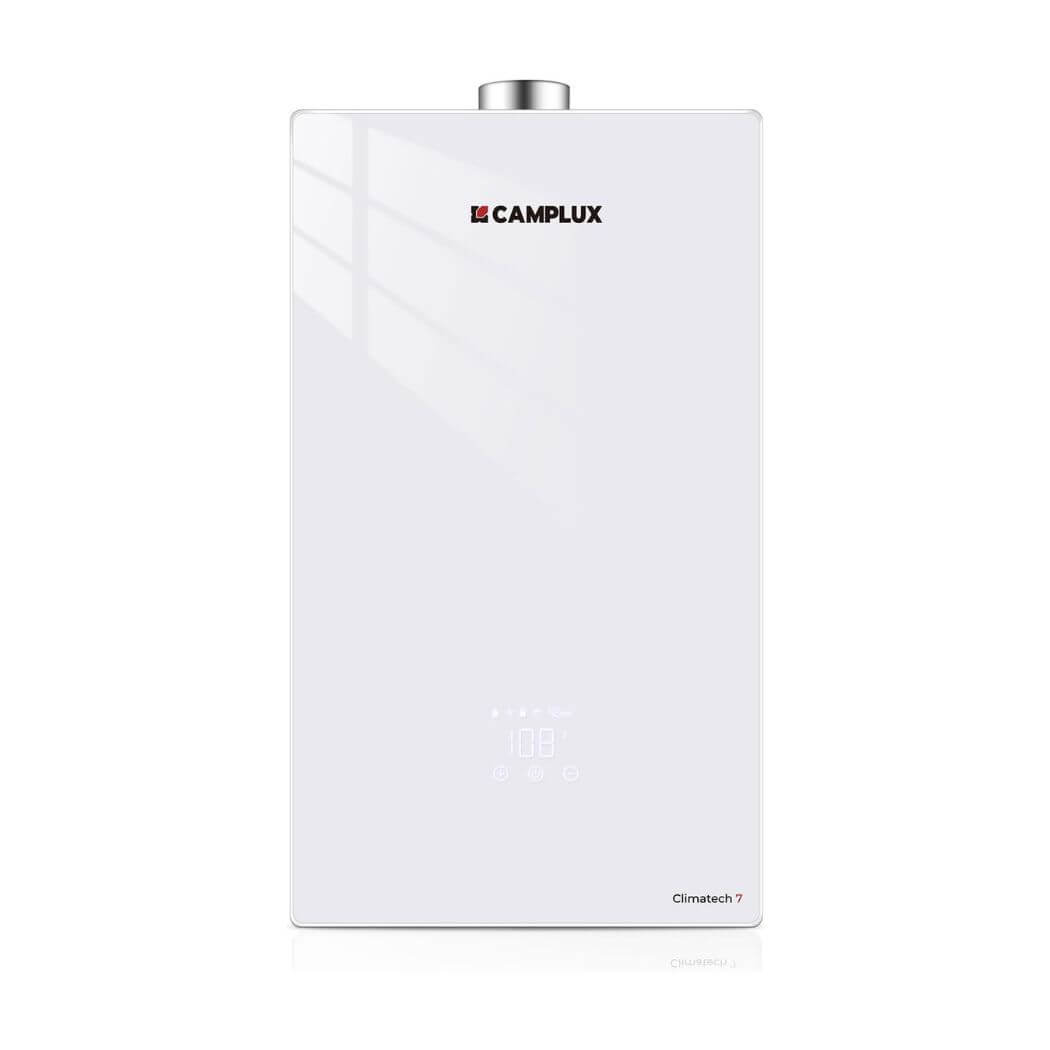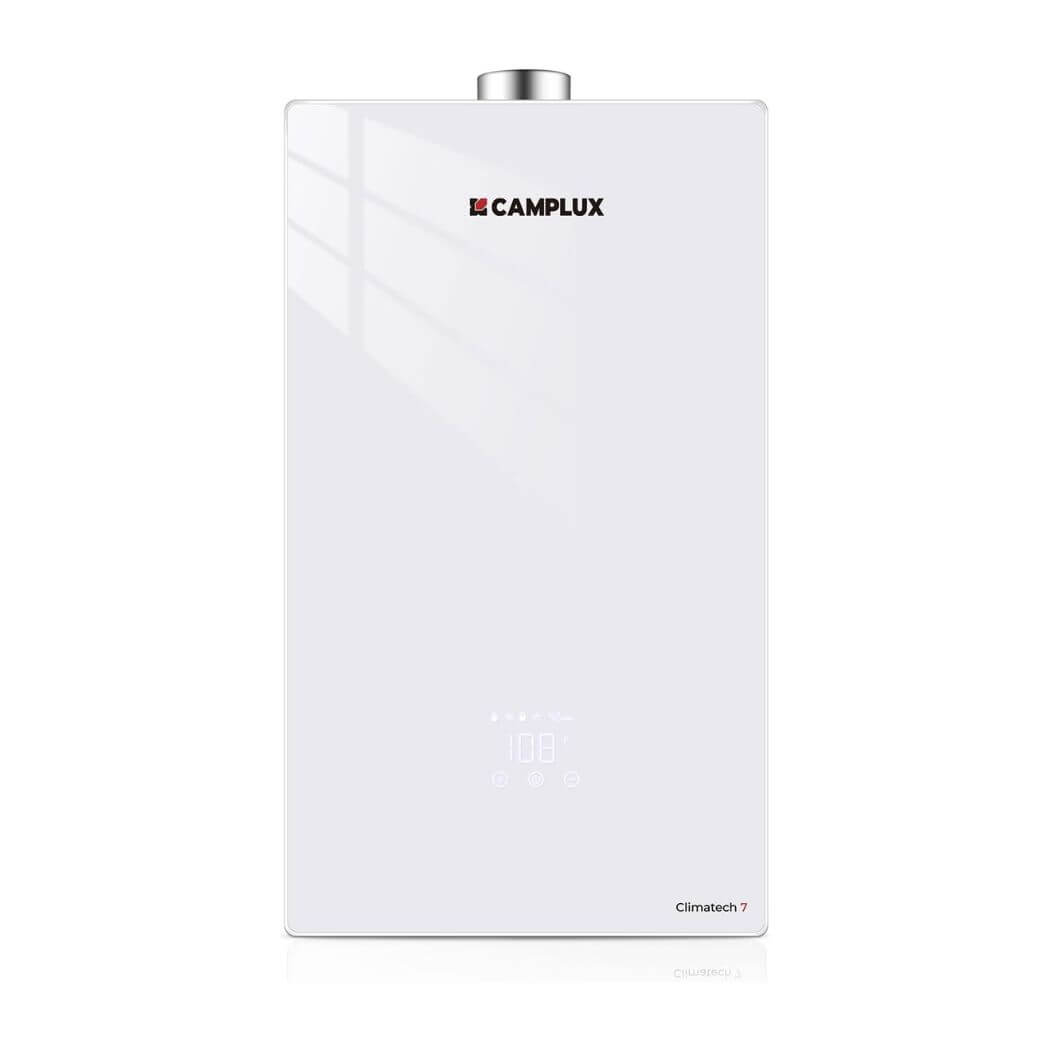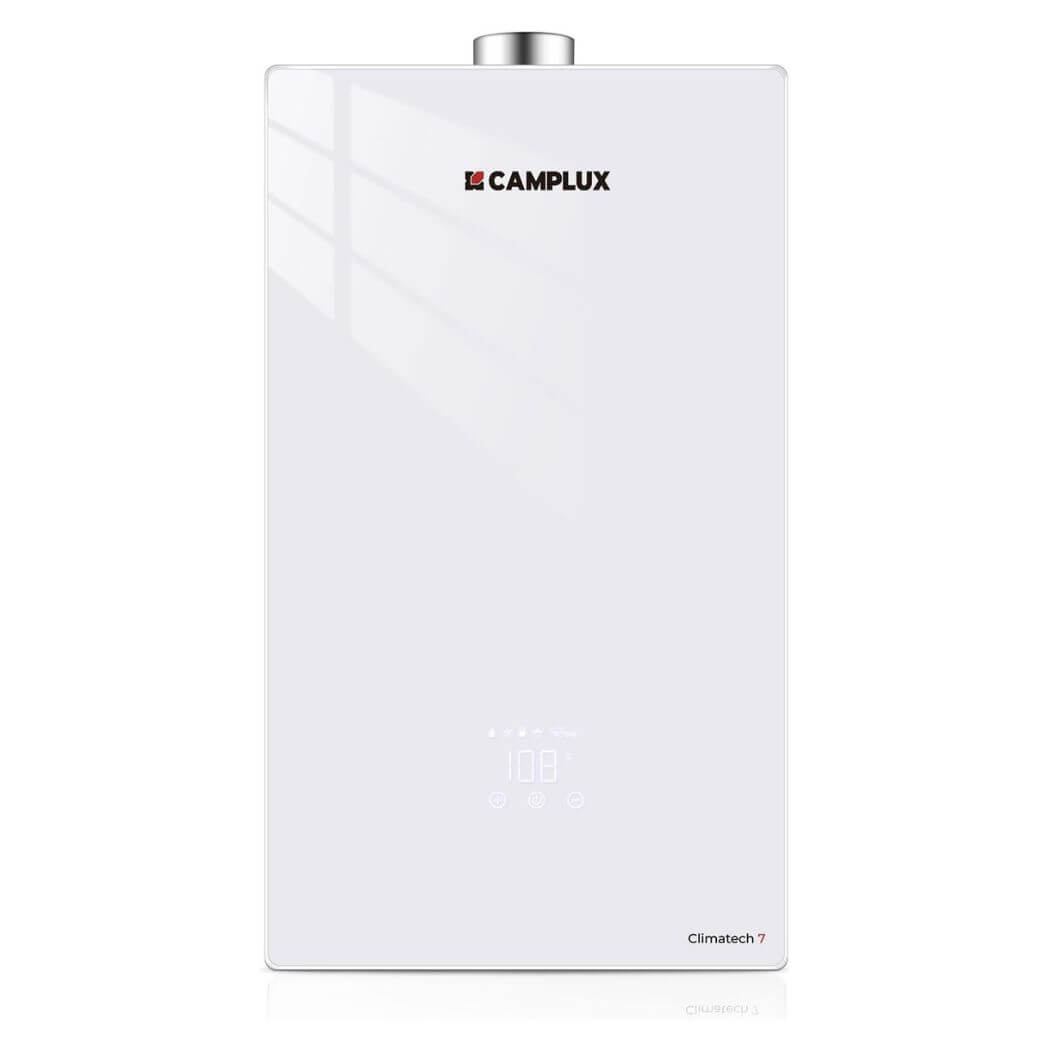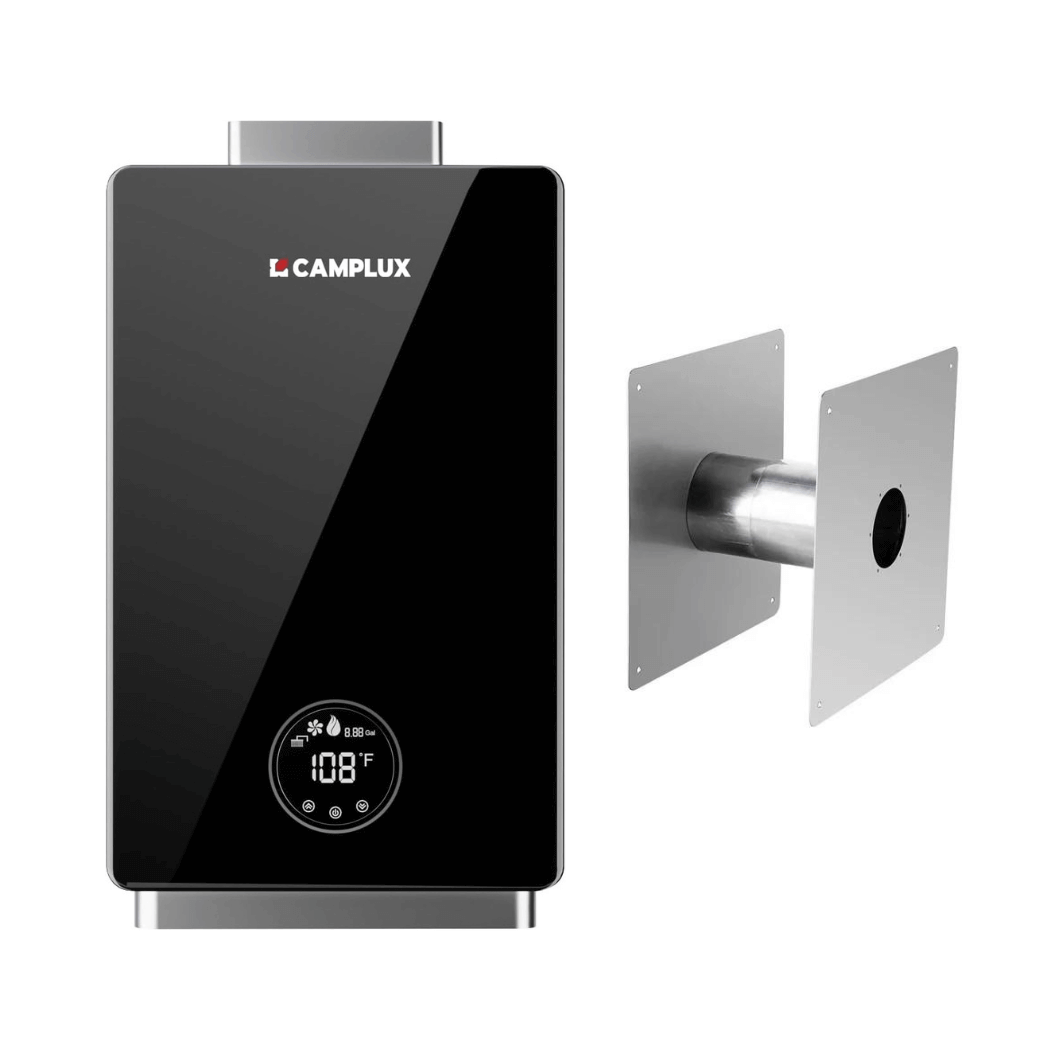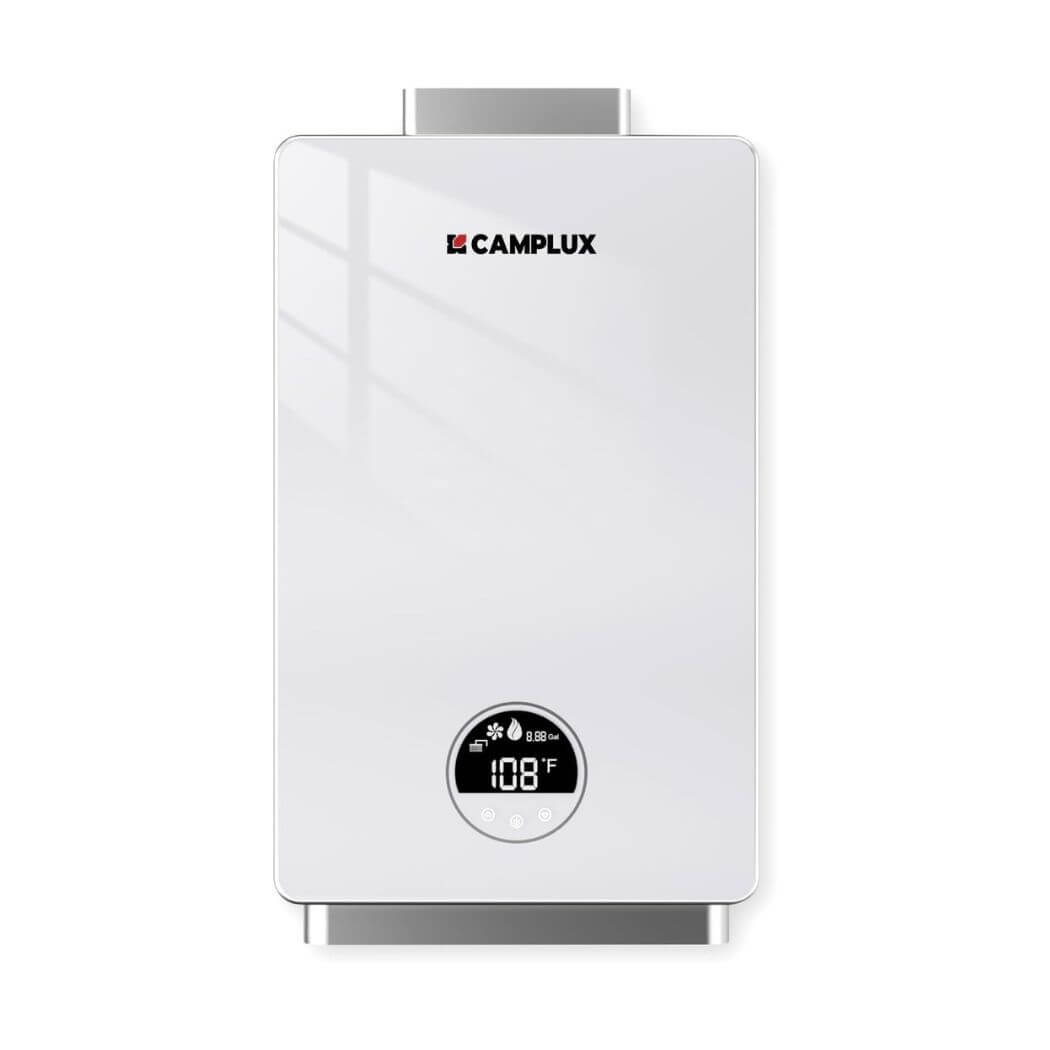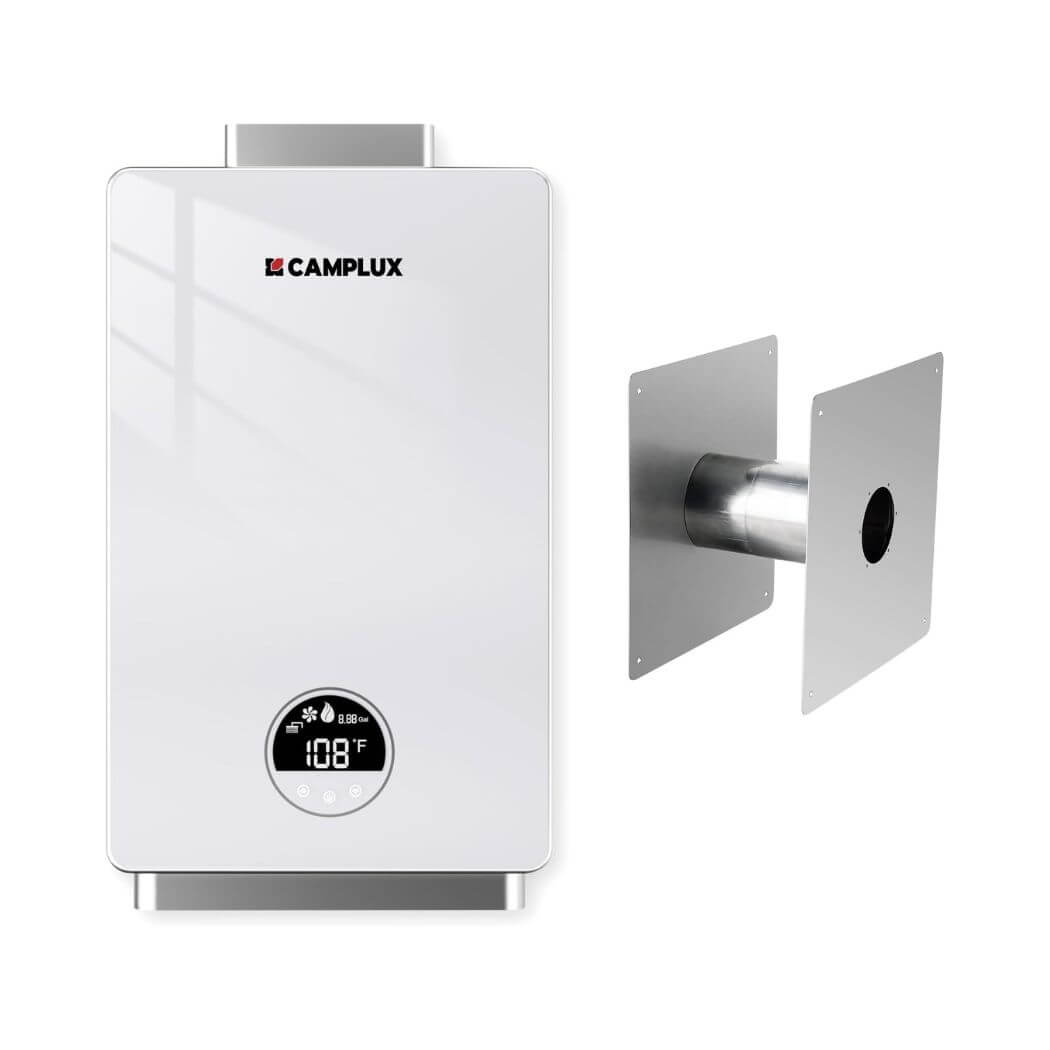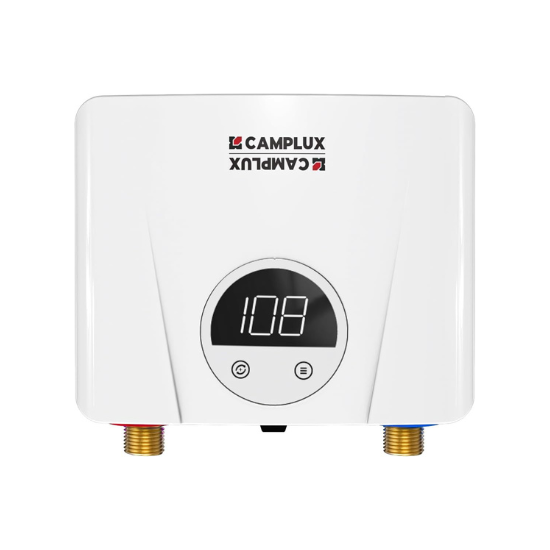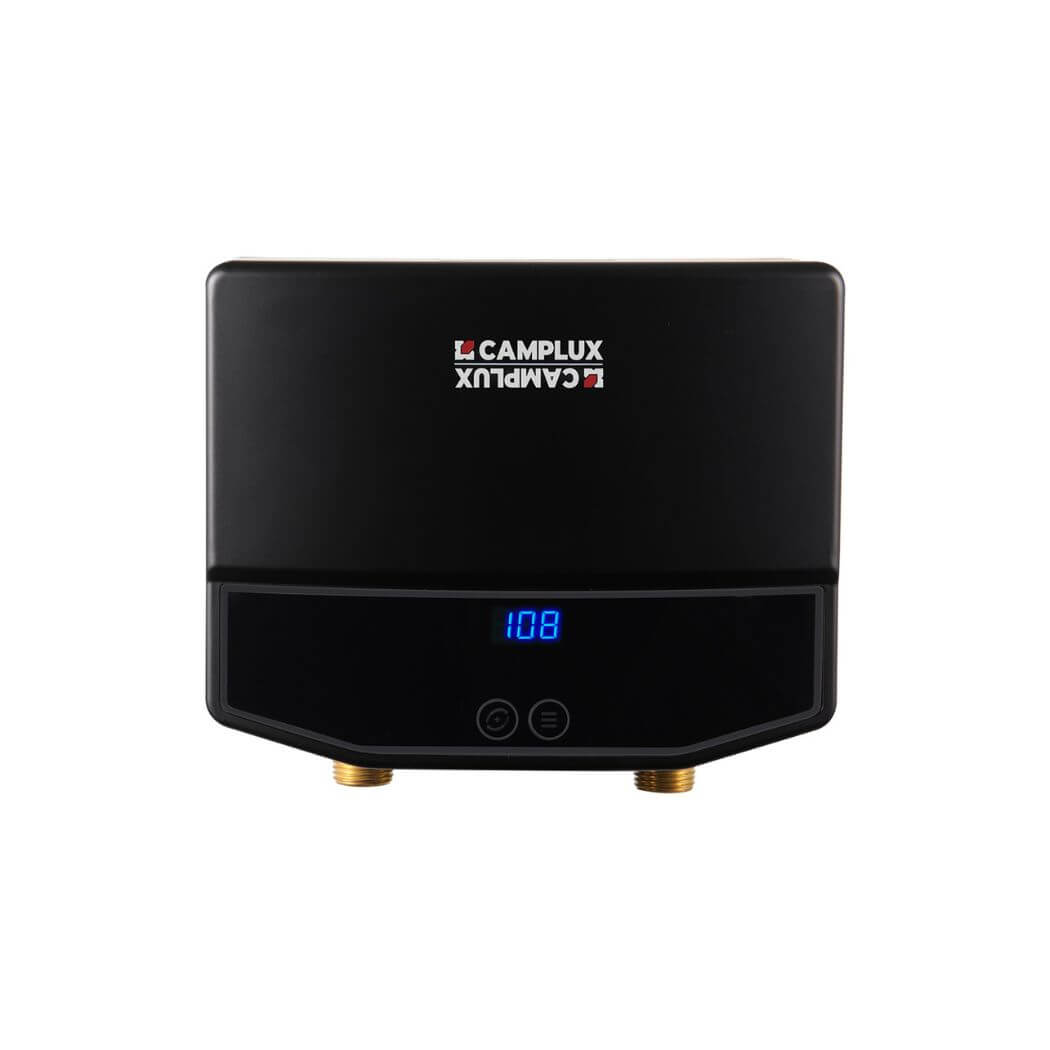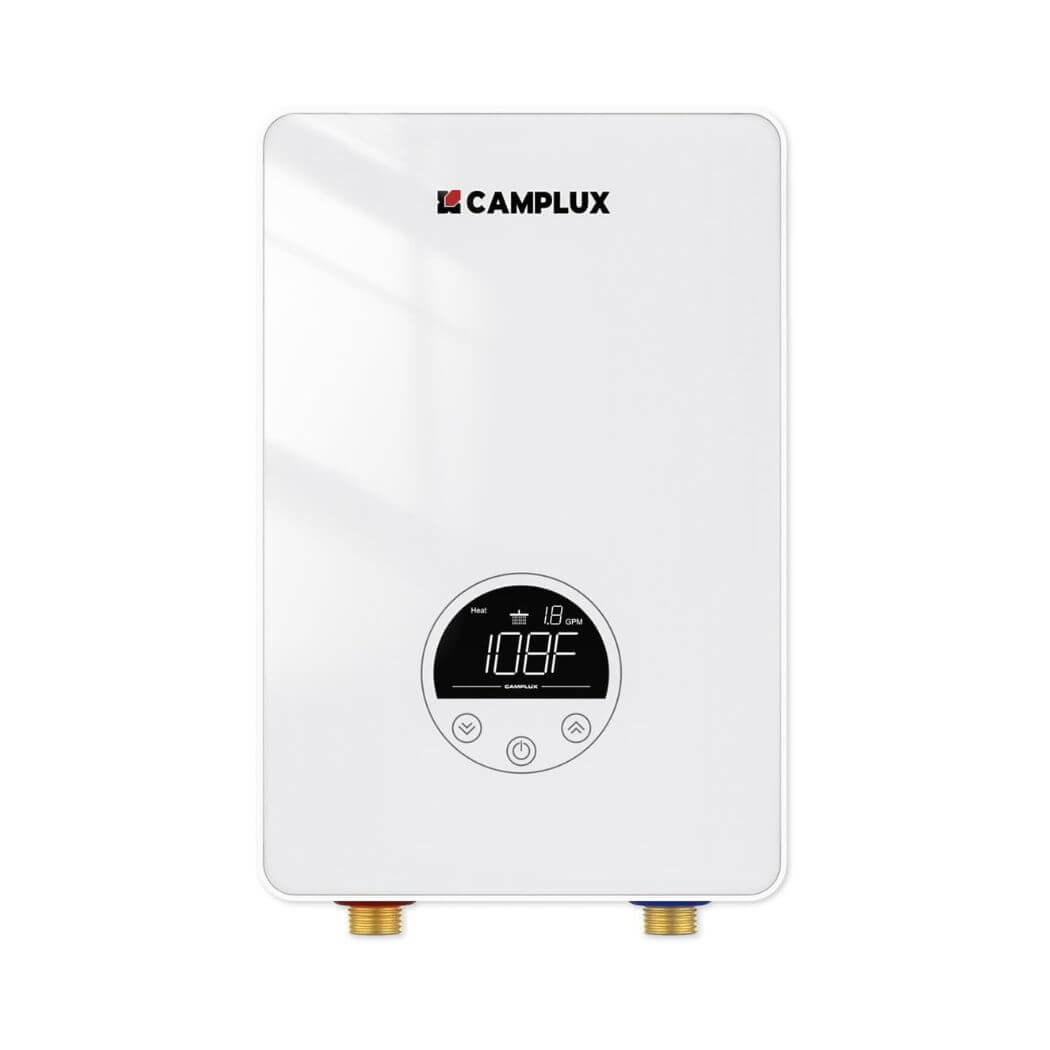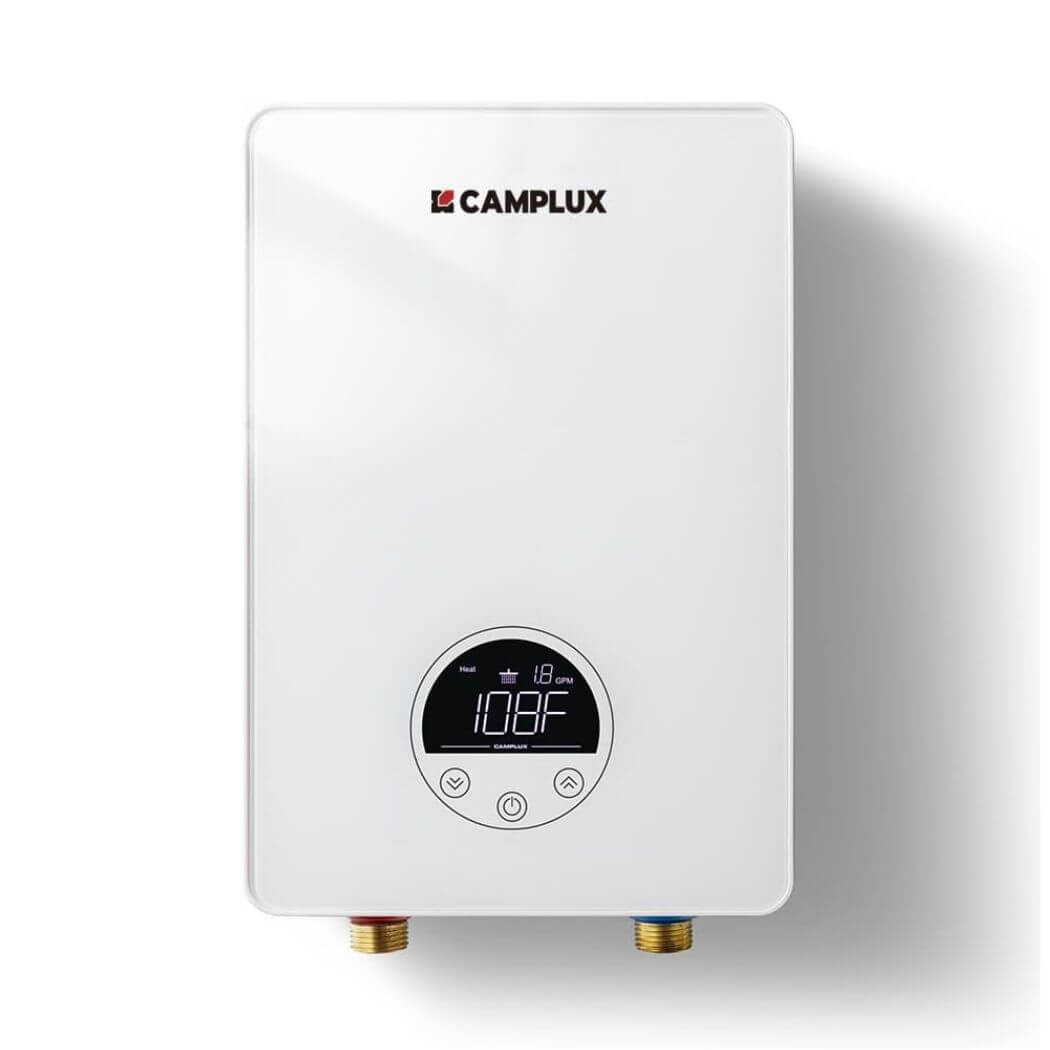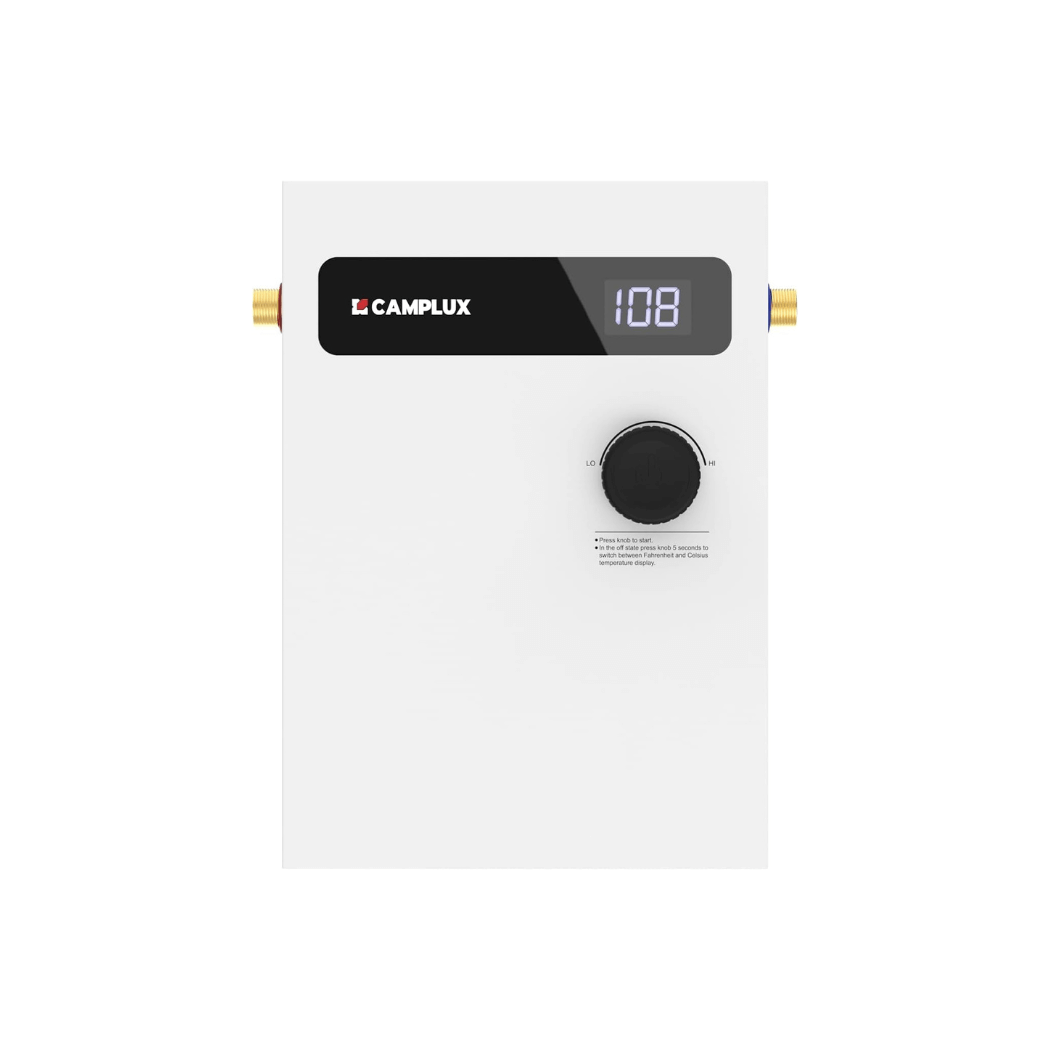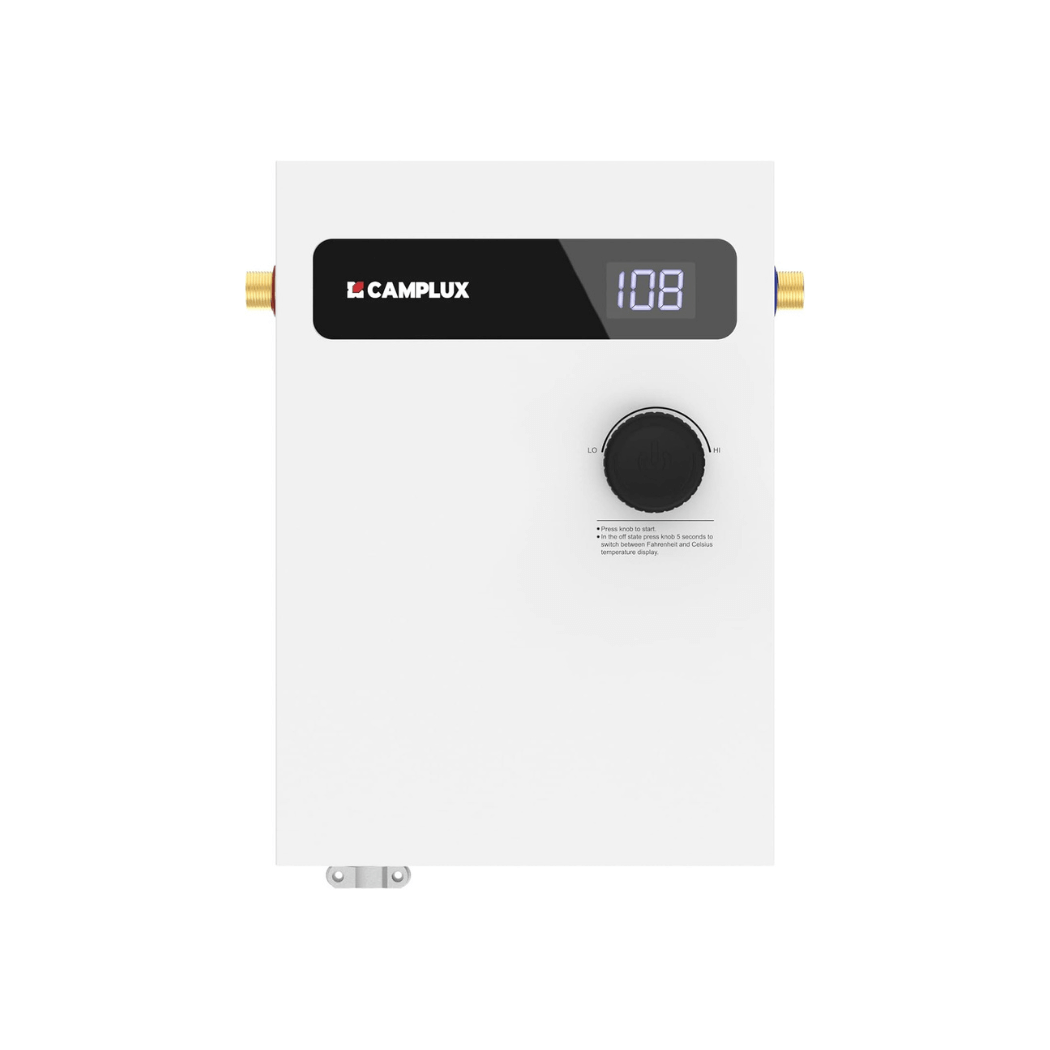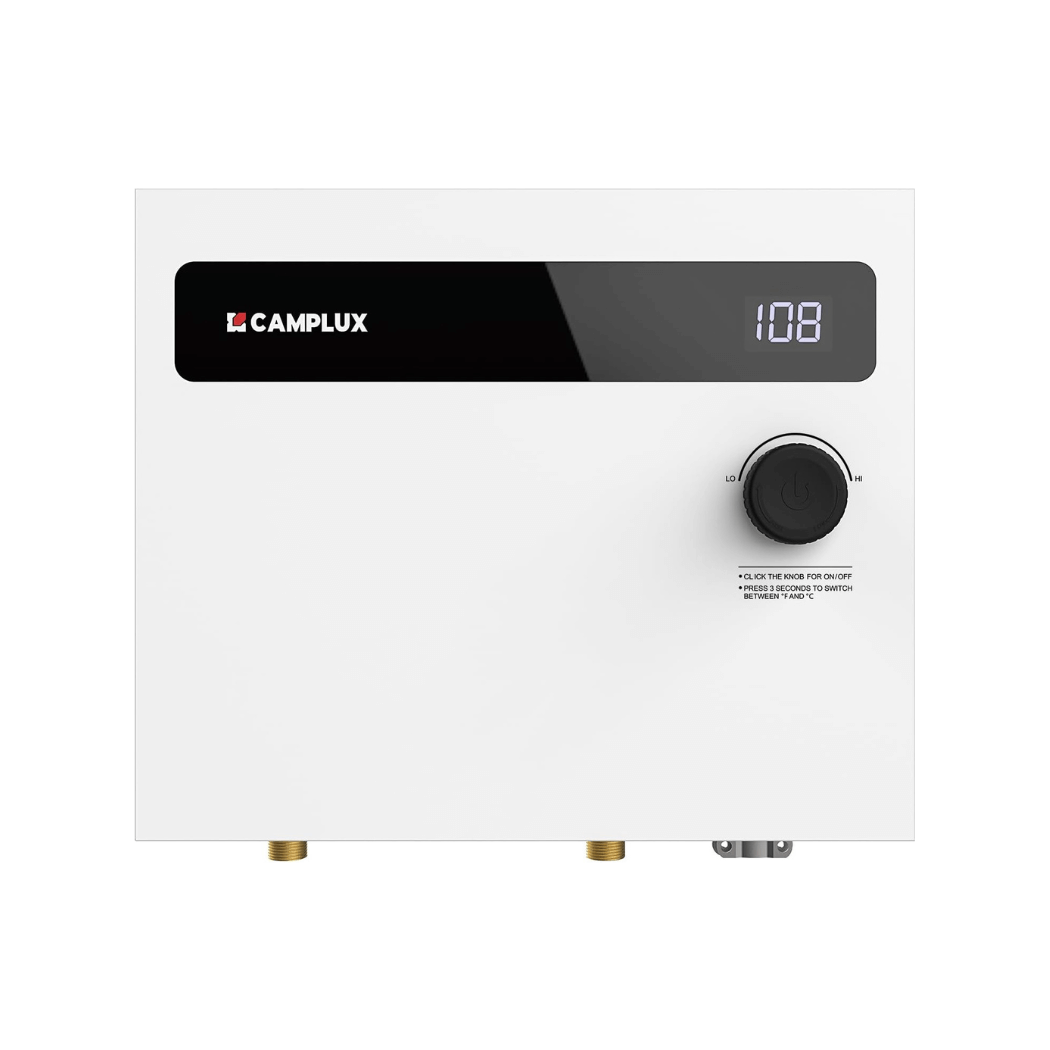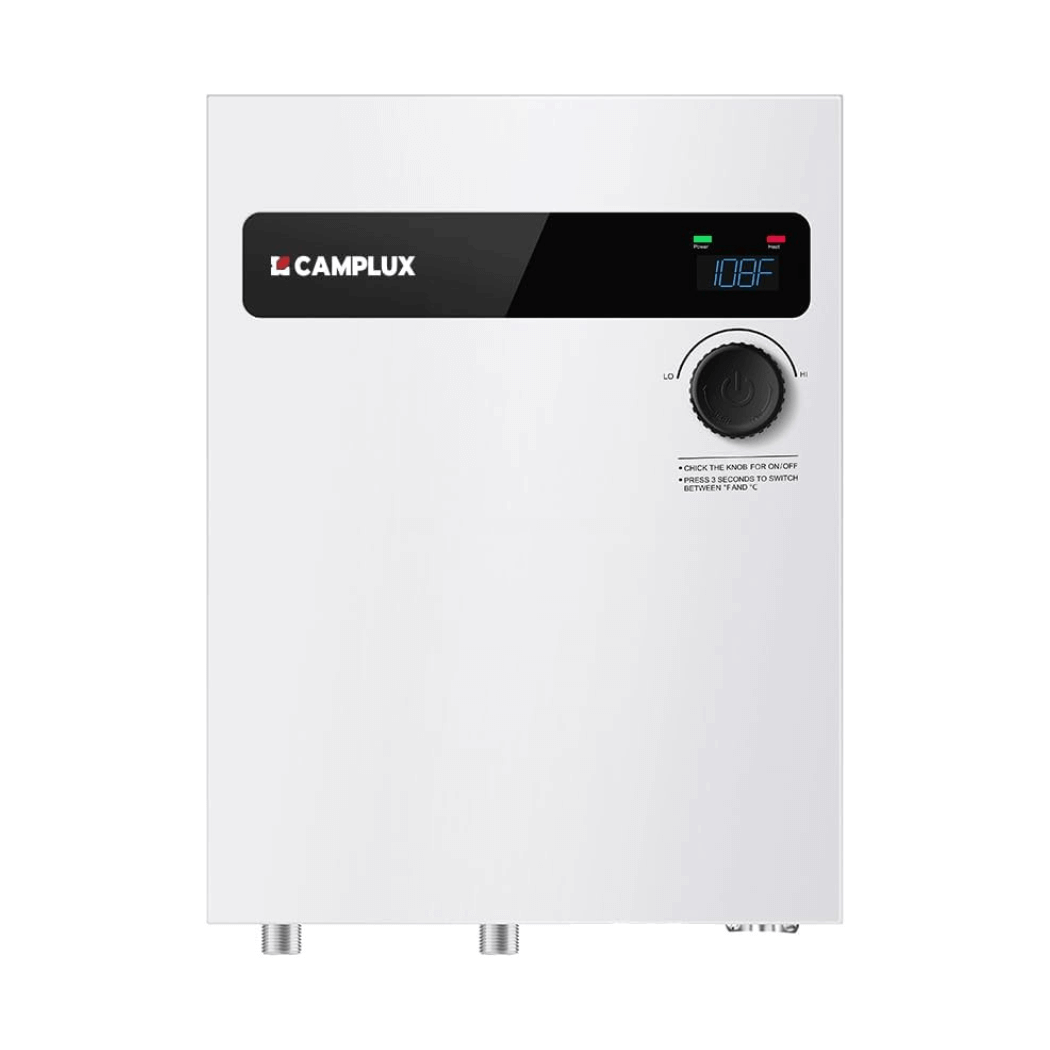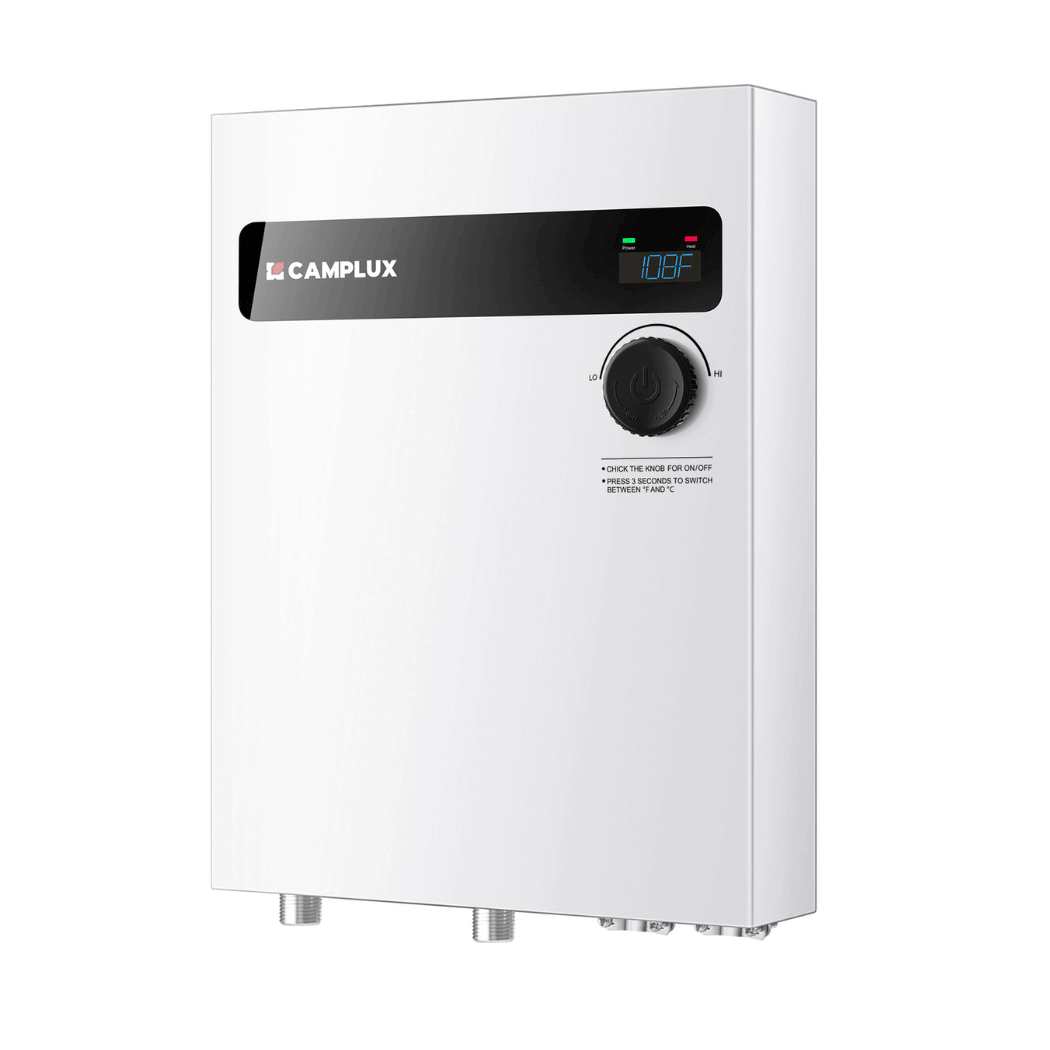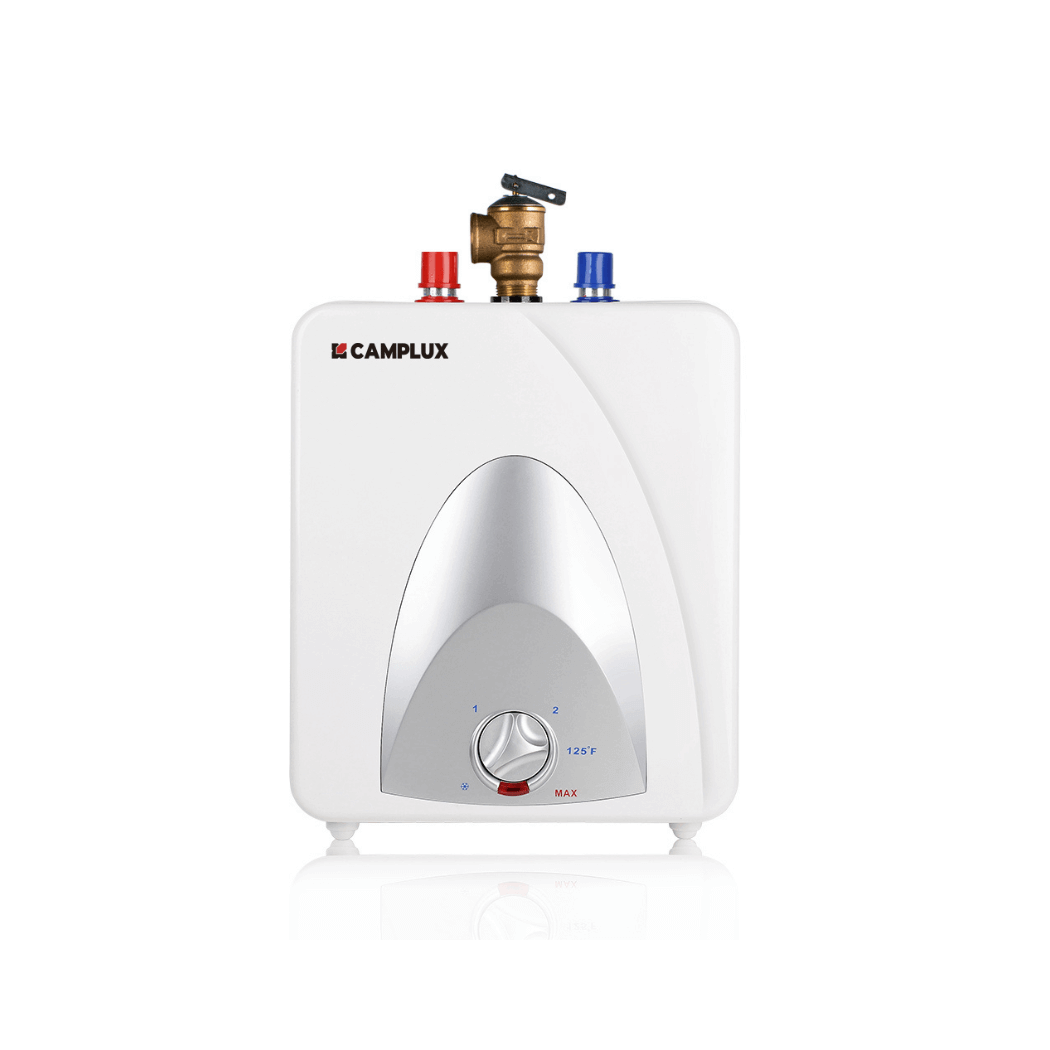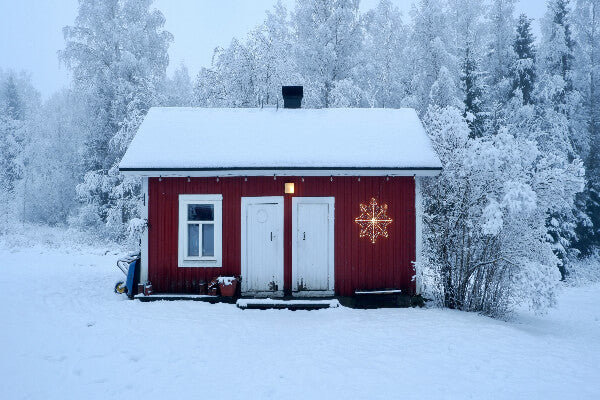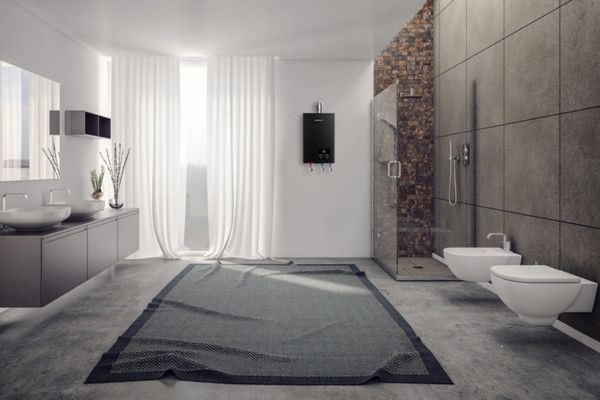Tankless water heaters offer convenience and efficiency, but occasionally they may start to function inconsistently. These appliances are designed to provide a continuous flow of hot water, but like any other electric device, they can be vulnerable to damage. There are several factors that can cause your tankless water heater to suddenly go cold after a few minutes of use.
Dealing with a faulty or damaged tankless water heater can be frustrating, as it not only disrupts your hot water supply but can also lead to higher energy bills. In order to address this issue, let's explore some potential reasons why your tankless water heater may be experiencing fluctuations in temperature and provide some helpful tips on how to resolve the problem.
1. The Notorious Cold Water Sandwich
When the tankless water heater is activated or turned back on after a period of being off, a cold water sandwich can occur. This happens because the water inside the unit is initially cold and mixes with the hot water being generated, resulting in a lower temperature of the water coming out of the taps.
Consequently, the unit initially delivers hot water for a few seconds, followed by cold water for a brief period until the heat exchanger can warm up the water again. This inconsistent flow of hot water can be frustrating when you're trying to take a shower or do the dishes.
Tips
Installing a recirculation pump: This involves adding a small pump to circulate the water inside the tankless water heater, ensuring a consistently hot water supply regardless of recent usage. A professional can easily install a recirculation pump, and it is a relatively affordable solution.
Install a small water tank: Although more expensive, this solution eliminates the cold water sandwich problem. By installing a small hot water tank (around 30 to 40 gallons) next to the tankless water heater, the hot water in the tank will circulate through the pipes, providing a consistent flow of hot water until the tankless water heater can heat the water to the desired temperature.
Flush out: Before using the unit, let it run for a minute or two to flush out the cold water inside. This ensures that when you turn on the taps, you only receive hot water. However, keep in mind that this method can be time-consuming and may not always be practical.
2. Maintaining a Clean Water Filter
To ensure optimal performance of your tankless water heater, it is crucial to keep the water filter clean and free from sediments and dirt. A clogged filter can lead to a decrease in water pressure, causing the heater to overwork and potentially overheat. Additionally, it can result in inconsistent hot water supply due to frequent cycling on and off.
Tips
Regularly check the water filter: Take the first step by inspecting the filter and determining if it requires replacement. Depending on your tankless water heater model, the filter may be located inside or outside the unit. Replace it every few months or sooner if it becomes clogged.
3. Preventing Limescale Build-Up
Limescale, a chalky substance formed when water hardness minerals like calcium and magnesium interact, can accumulate within the tankless water heater and its heating elements. This build-up can cause the water to become excessively hot and even lead to malfunctions or complete breakdown of the unit.
Tips
Utilize a descaling solution: Purchase a descaling solution from a hardware store and use it to eliminate limescale build-up inside the tankless water heater. Although a relatively simple process, it should be repeated every few months to prevent future build-up.
Install a water softener: For a more long-term solution, consider installing a water softener. This device removes hardness minerals from the water before it enters the tankless water heater, preventing limescale build-up and prolonging the appliance's lifespan.
4. Incorrect Water Temperature
If the water temperature is too high, the tankless water heater will overheat the water. This can cause the water to be too hot when it comes out of the taps and damage the unit. On the other hand, if the water temperature is set too low, the unit will not be able to heat the water to the desired temperature, resulting in lukewarm water. Click here to find out the best temperature for a tankless water heater.
Tips
Check the thermostat: Start by checking the thermostat and ensuring it is set to the correct temperature. If it is not, adjust it accordingly.
Bleed the unit: If the thermostat is set correctly but the water is still not hot enough, you may need to bleed the unit. This involves opening the bleed valve to allow some hot water to escape. By doing so, cold water will enter the unit, which will then be heated to the desired temperature.
5. Faulty flow sensor
The flow sensor plays a crucial role in detecting the water flow rate and activating the heating mechanism. If the flow sensor is not functioning properly, it may fail to detect the water flow accurately, leading to incorrect readings and potential issues with water temperature regulation.
The unit control panel or board will display an error message or code indicating a malfunctioning flow sensor.
Tips
Inspect the source of the damage: If the flow sensor is blocked, it will not accurately detect the water flow rate. Use a toothbrush or a small brush to clean the sensor and remove any dirt or debris that may be obstructing it.
Check the wiring: The flow sensor is connected to the control panel via a wire. If the wire is loose or damaged, it can cause the flow sensor to malfunction. Ensure that the wiring is properly connected and that there are no loose or damaged wires.
Replace the flow sensor: If the issue persists, it is advisable to have a professional inspect and service your unit. It is possible that the flow sensor needs to be replaced if it is irreparably damaged.
6. The issue of a plumbing system crossover
Insufficient water pressure can hinder the proper functioning of a tankless water heater. If the incoming water pressure is too low, the unit will struggle to produce enough hot water. This problem often arises due to a plumbing system crossover, where the hot and cold water lines are mistakenly connected.
Typically, the cold water line has higher pressure compared to the hot water line. Consequently, cold water flows into the hot water line, reducing the available pressure for the tankless water heater.
Tips
Consider installing a pressure regulator: A pressure regulator, also known as a pressure balancing valve, can help maintain the correct water pressure and prevent the unwanted flow of cold water into the hot water line. It regulates the water pressure by allowing a specific amount of water to enter the hot water line while redirecting the rest back into the cold water line.
7. The problem of an incorrectly sized gas line
If the gas line supplying the tankless water heater is not the appropriate size, it will fail to deliver sufficient water to the unit. This can lead to improper functioning, especially during periods of high demand when a significant amount of hot water is required.
The manufacturer typically specifies the correct gas line size in the product manual. Having an incorrectly sized gas line is one of the most common causes of a malfunctioning tankless water heater, but fortunately, it is a relatively easy problem to rectify.
Tips
Ensure the installation of the correct gas line size: This is the most effective and long-lasting solution to the issue. The product manual will provide the recommended gas line size, and you can easily purchase the appropriate size from a hardware store.
Install a gas line booster: A gas line booster will help increase gas flow to the tankless water heater and is a good temporary solution.
8. Frozen pipes
Frozen pipes can be a major issue when it comes to the functionality of a tankless water heater. When the pipes leading to the heater freeze, water cannot flow through them, which can lead to overheating of the unit. In severe cases, the frozen pipes can even burst and cause significant damage.
Tips
Thaw the pipes: The first thing you need to do is thaw the frozen pipes. You can do this by applying heat to the pipes, using a hair dryer, or a heat lamp. Once the pipes are thawed, the water should start flowing through them again.
Insulate the pipes: Another solution is to insulate the pipes to prevent them from freezing in the first place. You can do this by wrapping them in foam insulation or electric heat tape.
Conclusion
While a tankless water heater can greatly enhance your daily life by providing hot water on demand, it is crucial to properly maintain and install the unit to avoid issues such as frozen pipes. By taking the necessary precautions, you can ensure the optimal performance of your tankless water heater and avoid any inconvenience caused by cold water.
